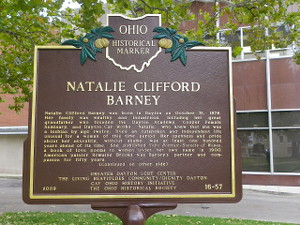
Photo by Zeist85.
The National Park Service’s LGBTQ heritage initiative promises to raise awareness of LGBTQ history and preserve the sites related to this history. Hopefully, many of these sites will be not only designated but also interpreted to the public. In addition to these properties with their primary significance in LGBTQ history, many other historic sites, designated for primary reasons other than their LGBTQ connections, still have stories to tell on this topic. Still others may have been working with LGBTQ interpretation for some time, but seek new approaches for reaching wider audiences. With this chapter, I offer some suggestions for sharing LGBTQ stories with a public audience, while also respecting the nuances and diversity of these experiences. I begin by discussing the importance of this work, move on to exploring some conceptual issues, and conclude by providing some concrete first steps to interpretive planning.[1] Read more » [PDF 2.1 MB]
The views and conclusions contained in the essays are those of the authors and should not be interpreted as representing the opinions or policies of the U.S. Government. Mention of trade names or commercial products does not constitute their endorsement by the U.S. Government.
Part of a series of articles titled LGBTQ America: A Theme Study of Lesbian, Gay, Bisexual, Transgender, and Queer History.
Last updated: August 11, 2017
